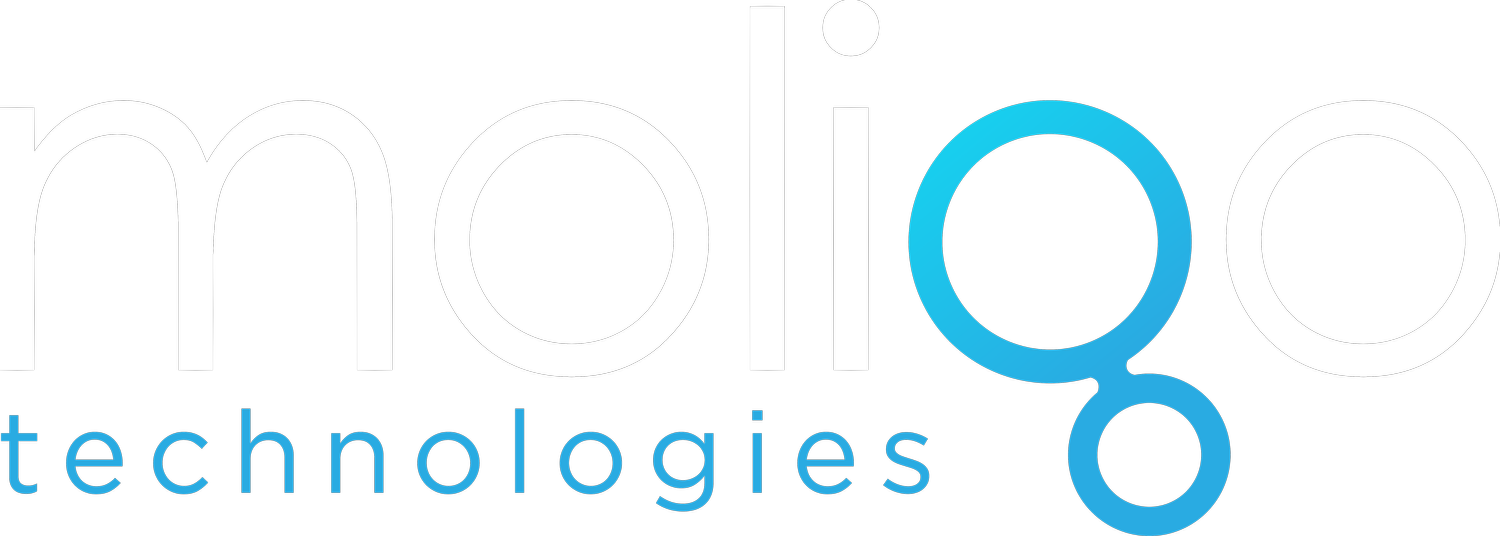Highlight: Genome editing pipeline takes off
Last summer there was a very insightful analysis published in Nature Reviews Drug Discovery. The piece authored by Asher Mullard discussed how the genome editing pipelines are really taking off after decades of development. Many have noted that the promise of genome editing has not yet been delivered to the clinic and are concerned that the progress is slow. However as this article points out with a quote from Jennifer Doudna it takes time to collect all the safety and efficacy data needed to fully validate a technology like CRISPR.
“As with any new technology, the typical way that that things get rolled out is that drug developers begin with rare and or extremely severe diseases where there aren’t really other options. And the outcomes of the first applications have a very big effect on whether the technology is perceived to be safe or appropriate to be used more widely,” explains Doudna. “I think that’s kind of where we are right now with CRISPR.”
So we certainly need to validate CRISPR in the case of rare diseases before we can move forward, but there some other challenges as highlighted in the article. Off-target effects as well as finding effective delivery mechanisms must all be resolved before CRISPR can be a widespread therapeutic tool.
The article also points out that we shouldn’t only focus on CRISPR, there are other genome editing techniques out there that we should keep an eye one. Zinc-finger nucleases (ZFNs) and transcription activator- like effector nucleases (TALENs) are two more tools that show great promise for genome editing. The pros and cons of each of the tools, including CRISPR are varied meaning that it is unlikely that one of these will be solely adopted for genome editing. However, the fact that there are multiple options simply increases the flexibility and the potential uses for the technology which is a positive.
Mullard also highlighted how genome editing techniques are currently being used, with a heavy focus on ex-vivo techniques where cells are taken out of the body, edited and then returned. This technique offers an extra level of safety as there are more opportunities to screen for adverse effects and eliminate them. However, the lure of in-vivo applications is still strong and there are great strides being made into new and safe techniques for in-vivo genome editing.
Please take a look at the article for yourself and let us know what you think. We certainly hope to be seeing more genome editing-based therapies coming through clinical trials in the near future. As a company that specialises in industrial scale production of ssDNA, we anticipate a potential risk that the DNA templates needed for many genome editing applications will be in short supply for large scale clinical trials. Even if they can be produced in high enough quantity, will the purity be high enough and will they be sufficiently long to cover the necessary regions of the genome?
These are challenges that we are keen to address and have developed a technology for producing long and ultra-pure oligos at an industrial scale. If you’d like to learn more, please contact us for a discussion.
Reference
Gene-editing pipeline takes off
Clinical trials of genome-editing agents — including CRISPR–Cas9 editors, zinc finger nucleases and TALENs — are pushing ex vivo, immuno-oncology and in vivo treatment frontiers.
Nature Reviews Drug Discovery 19, 367-372 (2020)

